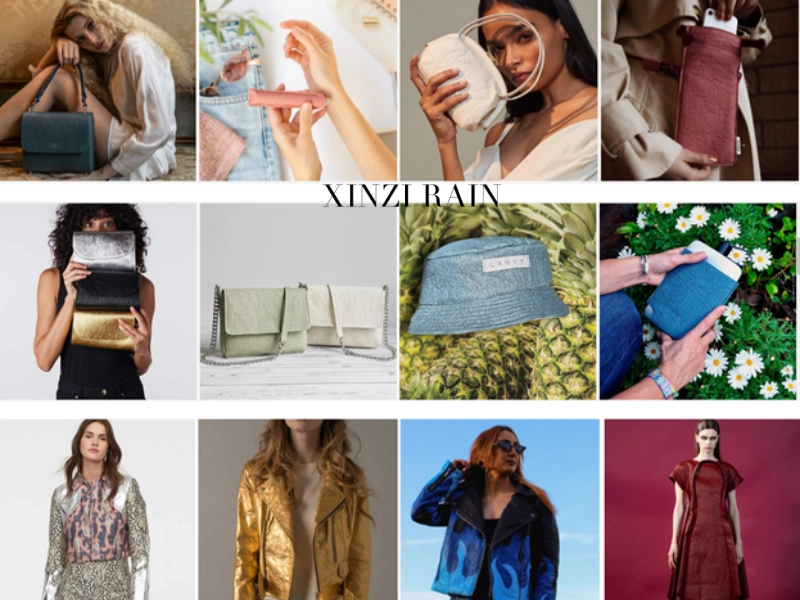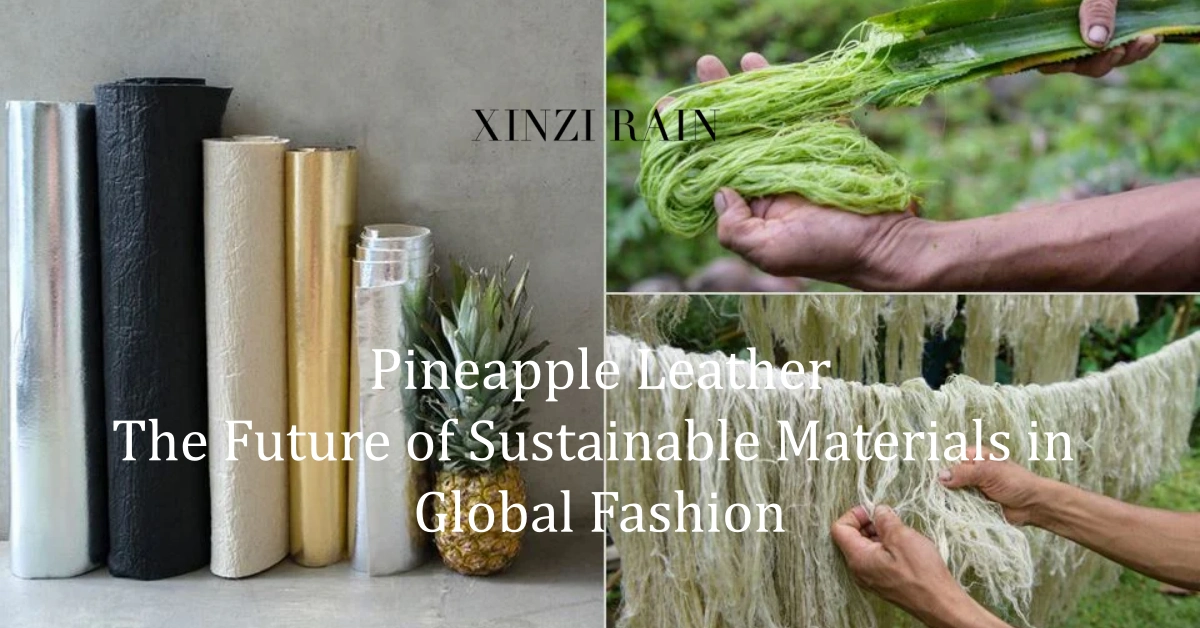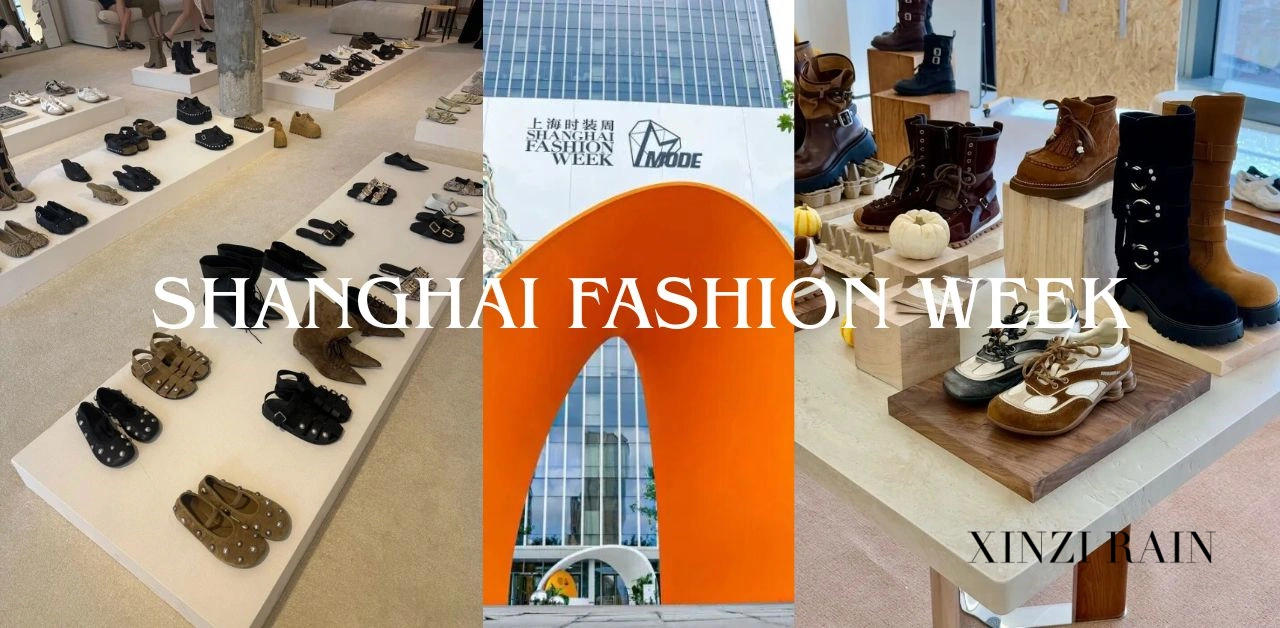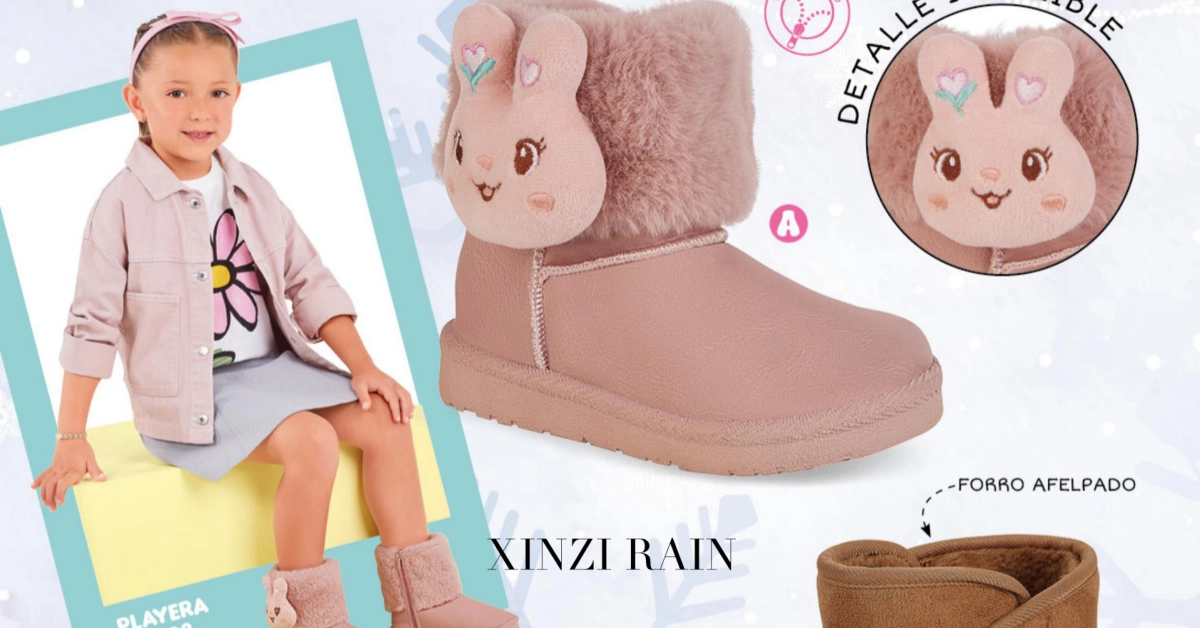vegan leatherAs sustainability becomes a defining pillar of the fashion industry, pineapple leather—also known as Piñatex—has emerged as one of the most promising alternatives to traditional animal leather.
Derived from pineapple leaves, this plant-based, cruelty-free, and biodegradable material is revolutionizing how brands and manufacturers think about eco-friendly production.
At Xinzirain, we believe in innovation that respects both nature and craftsmanship. Today, we take a closer look at how pineapple leather is changing the future of fashion—and why it’s capturing global attention from designers and consumers alike.
What Is Pineapple Leather?
Pineapple leather is made from the fibers of discarded pineapple leaves, a natural byproduct of the fruit industry. Instead of being burned or wasted, these leaves are processed into a durable, flexible textile that mimics the texture and feel of genuine leather—without harming animals or the planet.
Developed by Carmen Hijosa, founder of Ananas Anam, Piñatex was created after years of material research in the Philippines. Today, the brand works with farming communities worldwide, providing additional income sources and reducing agricultural waste.
🔹 According to Textile Exchange (2024), plant-based leather alternatives like Piñatex can reduce carbon emissions by up to 80% compared to conventional animal leather.
🔹 The Vogue Business Sustainability Report estimates the global plant-based leather market will exceed USD 9.2 billion by 2030, growing at an annual rate of over 7.5%.
The Eco-Friendly Manufacturing Process
The production of pineapple leather involves several sustainable steps:
Fiber Extraction:
Pineapple leaves are collected and stripped to obtain long, strong fibers.
Drying and Purification:
The fibers are washed, sun-dried, and purified to remove impurities.
Non-Woven Processing:
The fibers are bonded using non-woven technology—no toxic resins or plastics—creating a strong, paper-like sheet.
Finishing and Coating:
A water-based coating (often made from corn or sugarcane polymers) gives the material its leather-like surface, durability, and water resistance.
This closed-loop process requires no harmful chemicals or animal products, making it an ideal option for sustainable brands seeking cleaner supply chains.
Why the World Is Turning to Pineapple Leather
1. Sustainability and Ethics
Traditional leather production is responsible for 14% of global deforestation and consumes over 17,000 liters of water per kilogram of hide. Pineapple leather eliminates this burden, using agricultural byproducts that would otherwise go to waste.
2. Animal-Friendly and Vegan Certified
Piñatex and similar materials carry PETA-Approved Vegan and Global Recycled Standard (GRS) certifications, meeting growing consumer demand for cruelty-free products.
3. Versatility in Design
Pineapple leather is lightweight, flexible, and dyeable—perfect for shoes, handbags, wallets, car interiors, and furniture. Many global brands, including Hugo Boss, H&M, and Nike, have experimented with pineapple leather in limited collections.
4. Durability and Practicality
Laboratory testing by Ananas Anam shows that pineapple leather achieves comparable tensile strength to cowhide, and its lifespan exceeds five years under regular use—suitable for fashion and commercial applications alike.
5. Economic and Social Impact
Each ton of pineapple leaves can produce 250–300 square meters of pineapple leather while creating additional revenue streams for farmers in Southeast Asia, Africa, and Latin America.
Market Outlook: A Global Movement
Asia-Pacific remains the fastest-growing region, with China and the Philippines leading pineapple fiber exports.
Europe dominates the eco-leather market, supported by EU sustainability directives.
North America shows rapid adoption among luxury and DTC brands.
The global demand for sustainable fashion materials is projected to reach USD 150 billion by 2035, with plant-based alternatives like pineapple leather leading the innovation curve. (Source: Statista 2024)
How Xinzirain Integrates Pineapple Leather
As a professional OEM & ODM shoe and bag manufacturer in China, Xinzirain integrates sustainable materials such as pineapple leather, mushroom leather, and recycled PU into our production lines.
We partner with global designers and eco-conscious brands to:
Develop low-MOQ custom collections using alternative materials.
Ensure environmental compliance through OEKO-TEX®, ISO, and GRS-certified suppliers.
Offer trend forecasting, material sourcing, and prototyping tailored for international markets.
From minimalist sneakers to luxury handbags, Xinzirain brings eco-friendly innovation and scalable manufacturing together—helping brands transition toward a greener future without compromising creativity.
Conclusion
Pineapple leather represents more than just a material innovation—it’s a statement of ethical responsibility and forward-thinking design.
With major fashion houses embracing sustainability, and global consumers demanding transparency, the future belongs to brands that innovate with purpose.
At Xinzirain, we’re proud to be part of this transformation—turning nature’s leftovers into tomorrow’s luxury.
Stay Connected with XINZIRAIN
Stay inspired with the latest footwear trends, design insights, and manufacturing updates from XINZIRAIN — your trusted OEM/ODM shoe & bag manufacturer in China.
Follow us on social media for exclusive product previews, behind-the-scenes craftsmanship, and global fashion insights:
→YouTube
→Facebook
→Instagram
Join the XINZIRAIN community — where quality, creativity, and craftsmanship meet global fashion.









